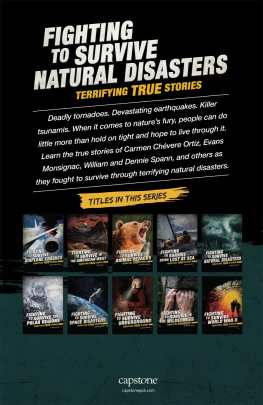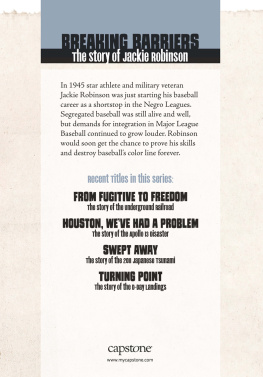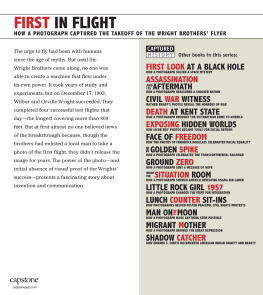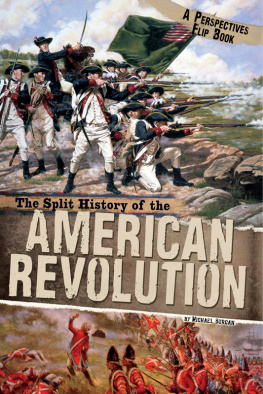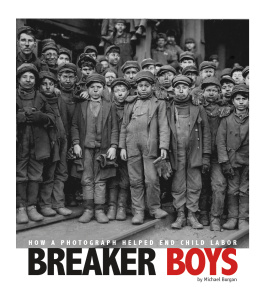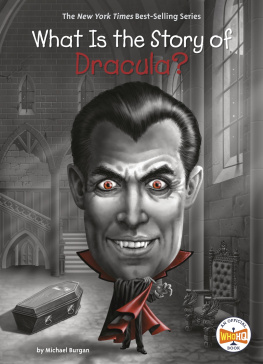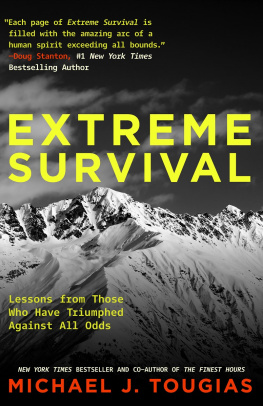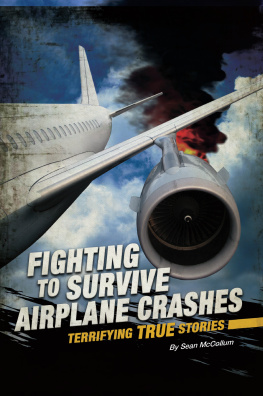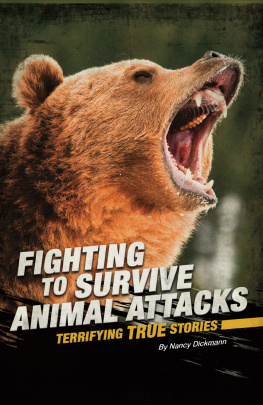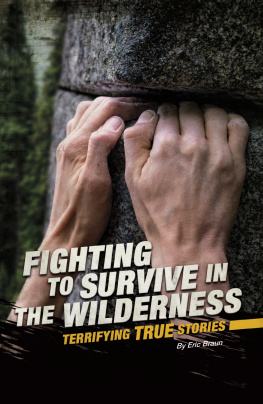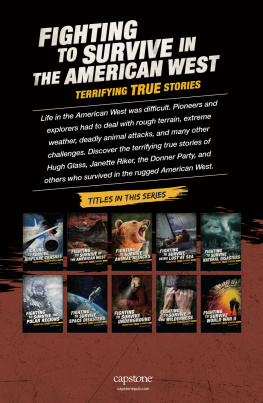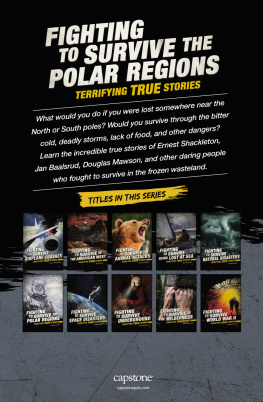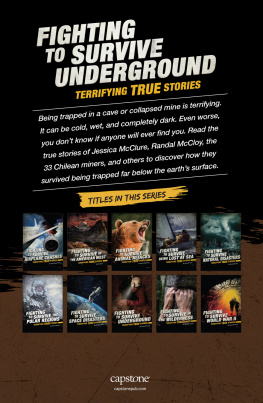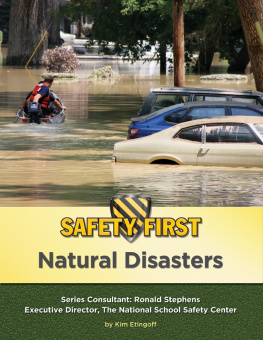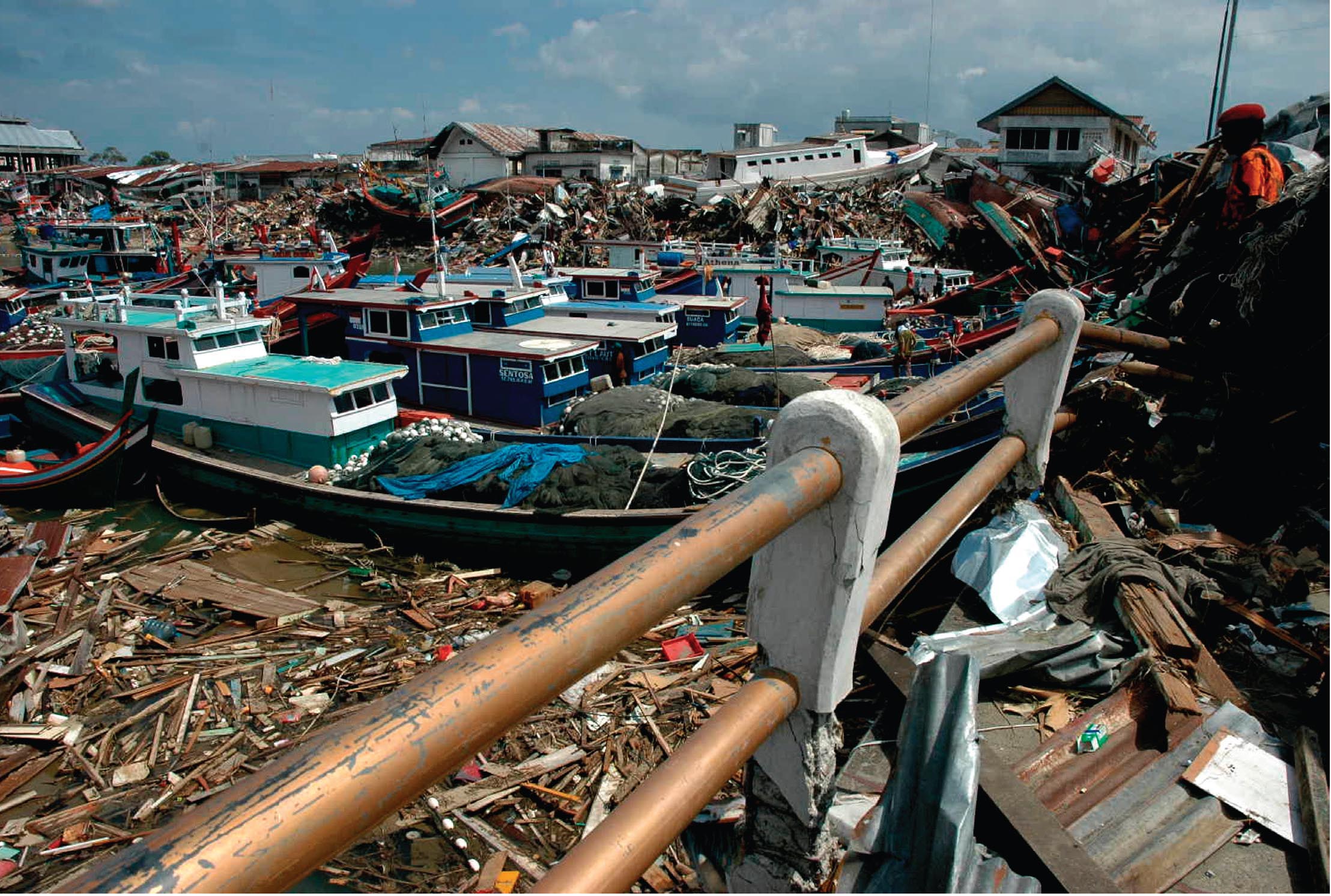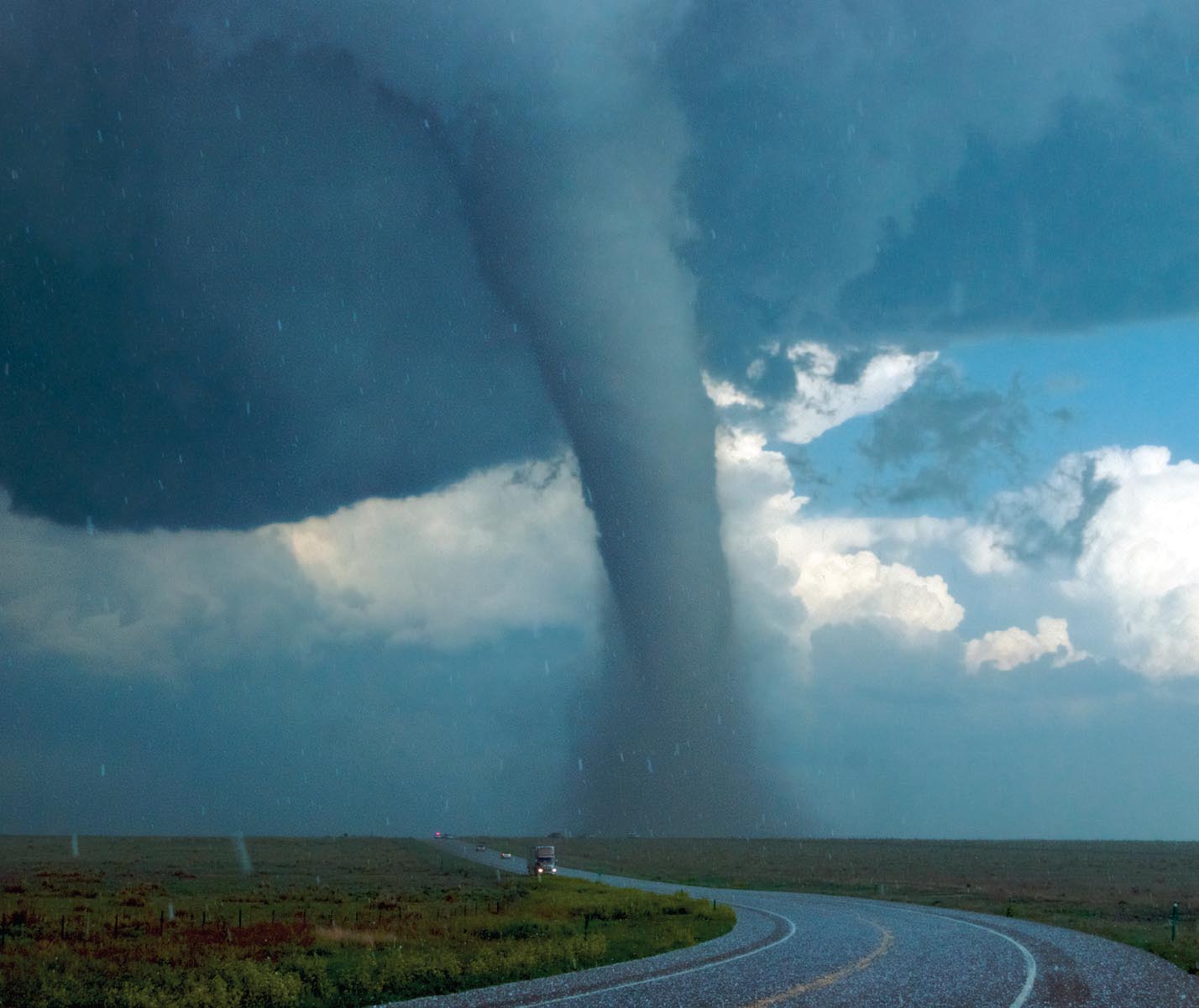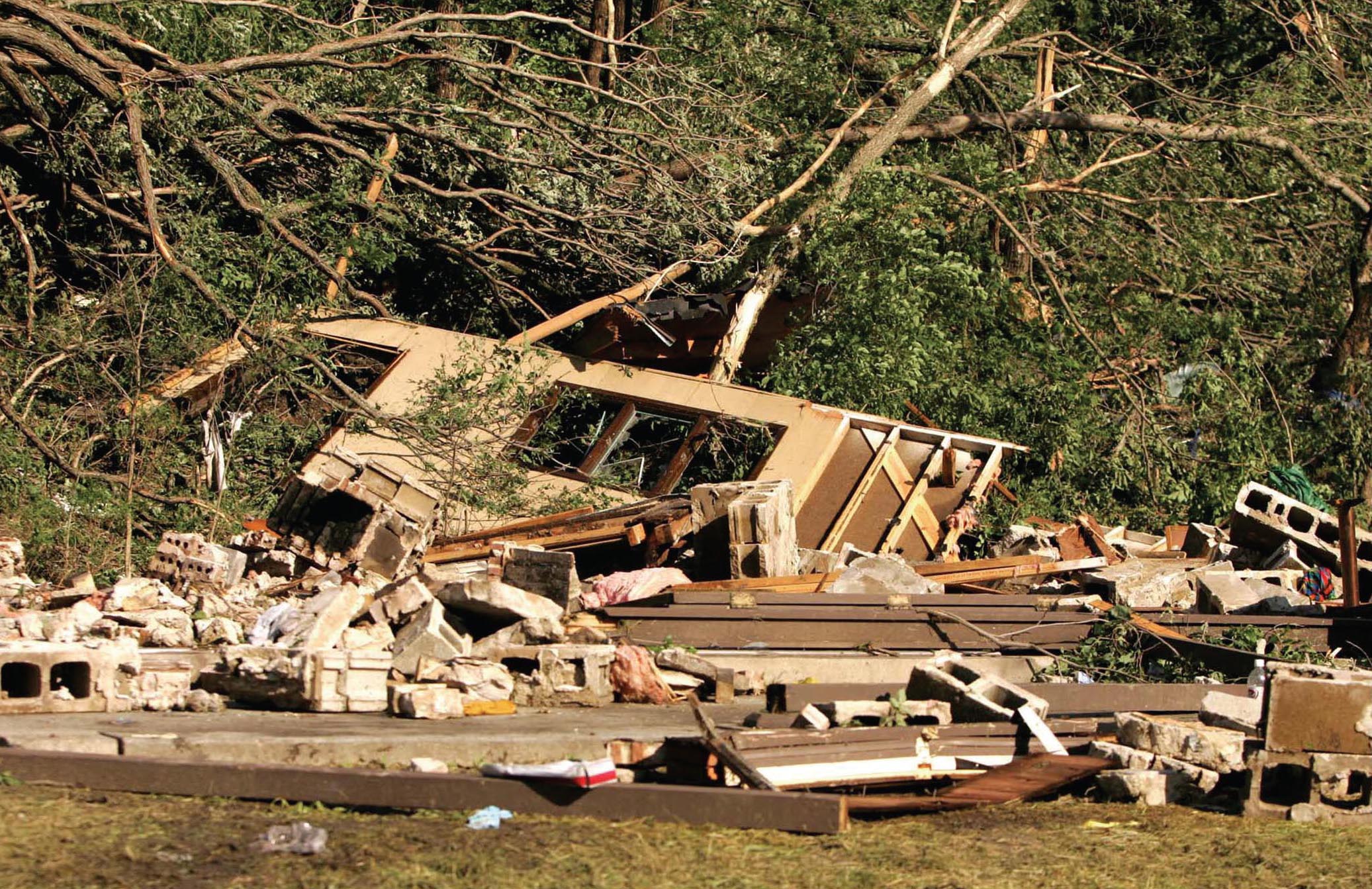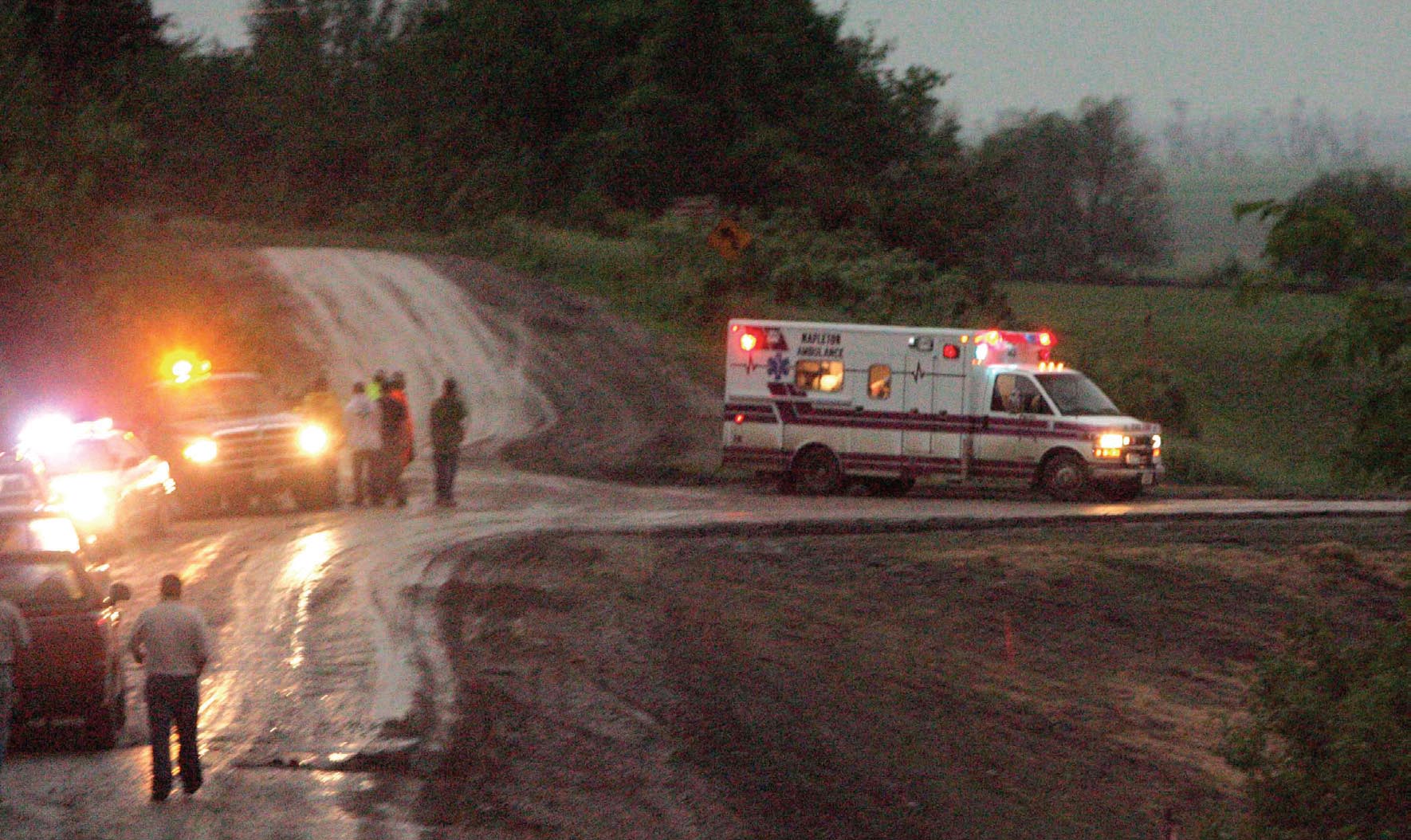INTRODUCTION
Hurricanes can hit land with the destructive energy of hundreds of powerful bombs. Violent earthquakes can shake entire cities and destroy buildings in seconds. The largest quakes can also launch giant waves called tsunamis. These deadly walls of water can destroy entire coastlines and kill thousands of people.
Around the world, disasters like these can happen at any time. For example, an average of 1,368 earthquakes are detected somewhere on Earth every day. Thankfully, most earthquakes are small. Only about 100 each year cause serious damage. Hurricanes, blizzards, and other powerful storms are less common. But the worst can cause billions of dollars in damageand take many lives.
With some natural disasters, people have time to seek safety before their lives are in danger. But at times, the disasters strike with little or no warning. People might find themselves struggling to stay alive long enough to be rescued. Learn the incredible stories of brave people who found ways to survive in the middle of deadly natural disasters.
In 2004 a huge earthquake created a giant tsunami that caused widespread destruction in several countries around the Indian Ocean. More than 225,000 people were killed in the disaster.
A TERRIBLE TWISTER
The Boy Scouts at Little Sioux Scout Ranch
June 11, 2008, was a rainy day at the Little Sioux Scout Ranch in Monona County, Iowa. About 95 Boy Scouts, along with Scout leaders and local staff, were at the ranch that day. Some of the best Scouts from western Iowa, eastern Nebraska, and southern South Dakota had gathered there for leadership training. Just the day before, Scout leader Fred Ullrich had taught the boys how to give first aid. However, the Scouts didnt realize how soon theyd be putting their emergency medical training into action.
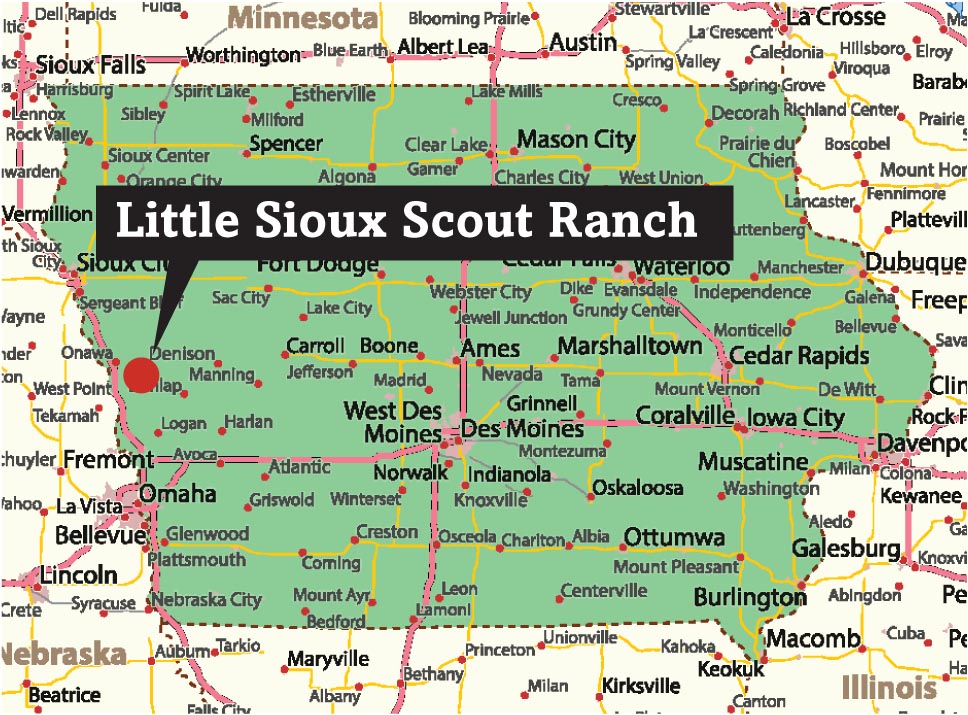
As dinner time approached, the skies began growing darker. Around 6:15 p.m., camp ranger Nathan Dean heard reports that a powerful thunderstorm was nearby. Iowans such as Dean knew that the worst storms could produce deadly tornados. Less than two months before, a twister packing winds of more than 200 miles (322 kilometers) per hour had ripped through Butler County. It had killed nine people. When he heard that a rotating cloud was spotted near the ranch, Dean sounded the siren to alert the Scouts to take shelter. Dean couldnt know where the tornado might hit, but he wanted to warn everyone just in case.
Did You Know?
. During the storm, warm air rises into the clouds. At the same time, cooler air sinks toward the ground. The movement of the rising and falling air spins faster and faster until it creates a tornado. In the United States, tornadoes are most common in flat regions between the Rocky and Appalachian Mountains. Part of this area is sometimes called Tornado Alley because so many tornadoes touch down there.
Terror at the Cabin
Most of the campers and staff headed to two separate cabins to take shelter. In the north cabin, about 50 tornado hits, people often seek safety in basements or shelters designed to handle the twisters fierce power. But at the ranch, the tables in the cabin offered the only protection.
As the wind picked up, Ullrich went outside to shut the cabin door. Then he saw part of the cabins roof blow away. He thought to himself, I hope thats all that happens. But then he felt the wind pick him up and toss him to the side.
Inside the cabin, the Scouts tried to hold onto the tables, but the tornado blew away the tables as the walls began to crack. On one side of the cabin, a stone chimney crumbled to the ground, pinning some Scouts in the rubble.
Ethan Sande was one of the boys crushed beneath the stone. He blacked out for a few moments. When he woke up, he felt rain on his face. He struggled to breathe as some of the other Scouts worked to free him. Lying across him was another Scout. Sande wasnt sure who. But he could see the boy wasnt moving, and Sande soon realized that he was dead.
The tornado completely destroyed the north cabin while the Scouts tried to take shelter inside.
Outside the cabin, Scout leader Ullrich got up off the ground. As quickly as the powerful winds had hit the ranch, they quieted again. Ullrich couldnt hear in one ear, and he realized that a stone had lodged in it. He pulled it out and surveyed the scene. Some boys, like Sande, were trapped under the collapsed chimney. Others were under the walls. Several cried in pain.
Trying to Help
Ullrich quickly put his training into action. He began to organize the uninjured Scouts to help the others. Some Scouts used their own T-shirts to wrap the wounds of the injured boys. Others tried to help boys who had gone into shock. Seeing one Scout pinned under bricks and wood, Ullrich used a long iron bar to pry off the rubble.
The twister destroyed several cabins and trees at the ranch.
Back inside, some of the older scouts quickly sprang into action. T. J.
At the south cabin, the tornados winds had ripped up trees, but the building itself survived. Matt Bentz and the others inside could hear the Scouts at the north shelter calling for help. However, their leaders told them to stay inside until they knew it was safe to leave. Meanwhile, Nathan Deans cottage on the ranch had been destroyed, though he and his family were safe. They had taken shelter in a closet and had somehow survived when the house collapsed around them. Three Scouts helped rescue them from the rubble and then took an all-terrain vehicle to the other cabin to help there.
Treating the Wounded
The first rescue workers arrived a short time after the tornado hit. They cut through downed trees blocking the road. Emergency medical and rescue teams came from three states to help at Little Sioux. Altogether, the storm had injured 48 people at the ranch. Helicopters flew out five of the wounded, while others were driven to local hospitals.
Emergency workers arrived soon after the tornado struck to help the injured victims.
T. J. Claussen learned that he also had broken ribs and back bones, along with a collapsed lung. But he and Sande survived. Four of the Scouts who had been with them in the north shelter were not so lucky. The falling stones and cement blocks killed Aaron Eilerts, Josh Fennen, Sam Thomsen, and Ben Petrzilka. All were 13 or 14 years old.

